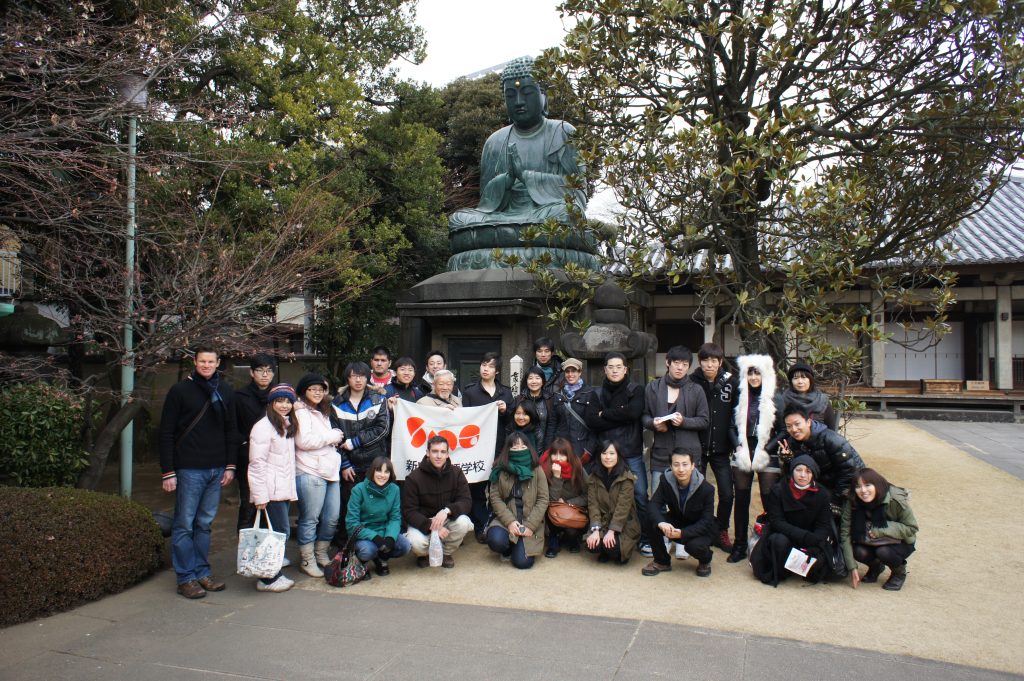
In Japan, New Year usually starts off by paying a visit to the shrine (or temple dedicated to someone or something), to pray for good fortune. Most people only go to one shrine, but those who want to ensure good luck for the upcoming year can visit more than one… And the Shichifukujin pilgrimage is one way to do so!
Shichifukujin pilgrimage (or 七福神巡り shichifukujin meguri in Japanese) consists of visiting the seven lucky Gods in their temple (one each). In fact, ‘shichi’ means ‘seven’, ‘fuku’ means ‘luck’ and ‘jin’ is one of the many readings for ‘god’. This tradition was born around the 15th century, but only became widespread during the 19th century. Despite being a Japanese tradition, many of the praised Gods during the pilgrimage come from different regions of Asia, such as India.
[getpage file=”wordpress-shortcode/whitepaper-modal.html”]
Why seven? Well, 7 appears to be a lucky number among many cultures. In China, it represents harmony and unity. In the Bible, it is the foundation of God’s word. It is also the case in Japan, where the number 7 is celebrated many times: Tanabata (七夕, on July 7th), celebration of the 7th day of a newborn, and mourning on the 7th day after one dies in the Buddhist culture, are only a few examples and the list goes on. Thus, it is not surprising that the Seven Gods should be celebrated in order to bring good fortune into one’s life!
Furthermore, each God has its own attributes and characteristics:
Ebisu (恵比寿): the God of success in business (Japan*)
Fukurokuju (福禄寿): the God of wisdom, luck, and longevity (China*)
Hotei (布袋): the God of happiness, contentment, and good fortune (China*)
Juroujin (寿老人): the God of longevity (China*)
Bishamonten (毘沙門天): the God of war and victory (India*)
Daikoku (大黒): the God of commerce, agriculture, and prosperity (India*)
Benzaiten (弁財天): the Goddess of financial fortune, music, and art (India*)
(*: country of origin)
Because this tradition is widely spread in Japan, it is possible to undertake the pilgrimage in many places, including in Tokyo. At Shinjuku Japanese Language Institute (SNG), we decided to go to Yanaka’s Shichifukujin pilgrimage (谷中七福神巡り yanaka shichifukujin meguri in Japanese). Yanaka Shichifukujin Meguri starts from Tabata and ends in Ueno, in North-East Tokyo. It takes about three hours to complete this pilgrimage, and you can collect a stamp for each God, at each temple. Our students had to fill out a booklet as they navigated their way through each temple, writing down the name of the temple and the deity it is dedicated to! We managed to spend a very culturally and spiritually fulfilling day.
The 7 lucky Gods Pilgrimage The 7 Lucky Gods Pilgrimage



